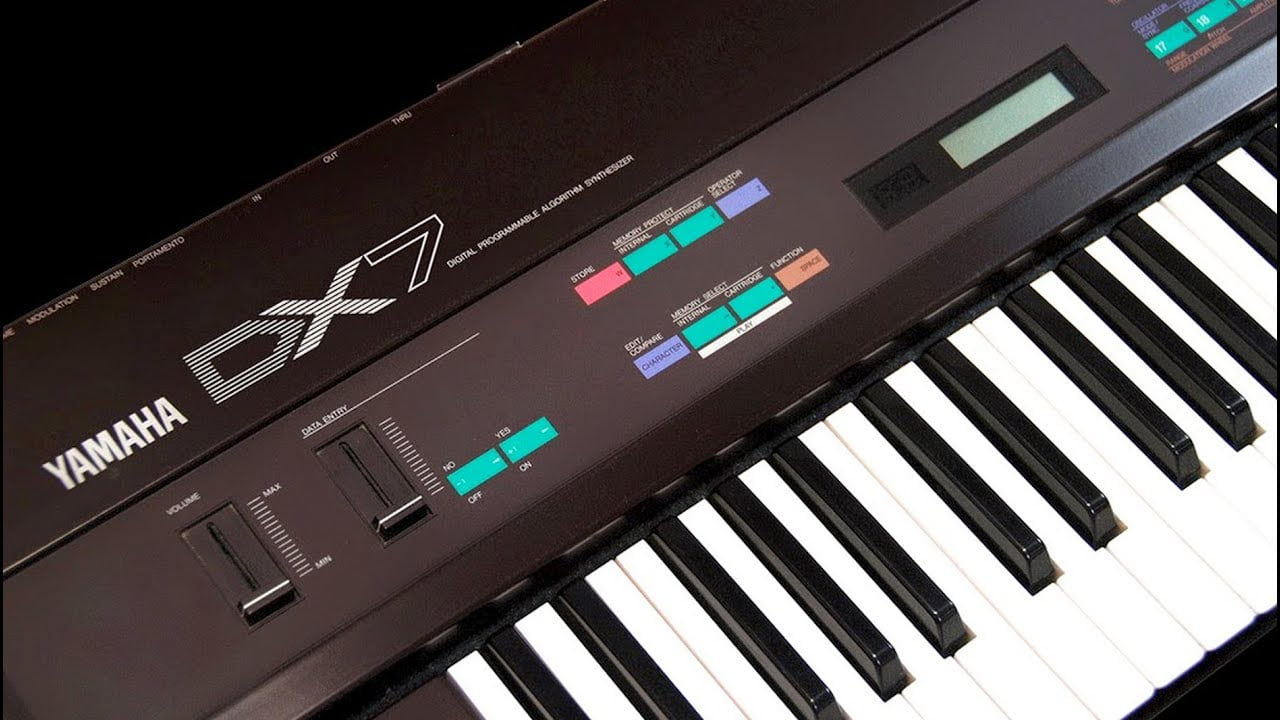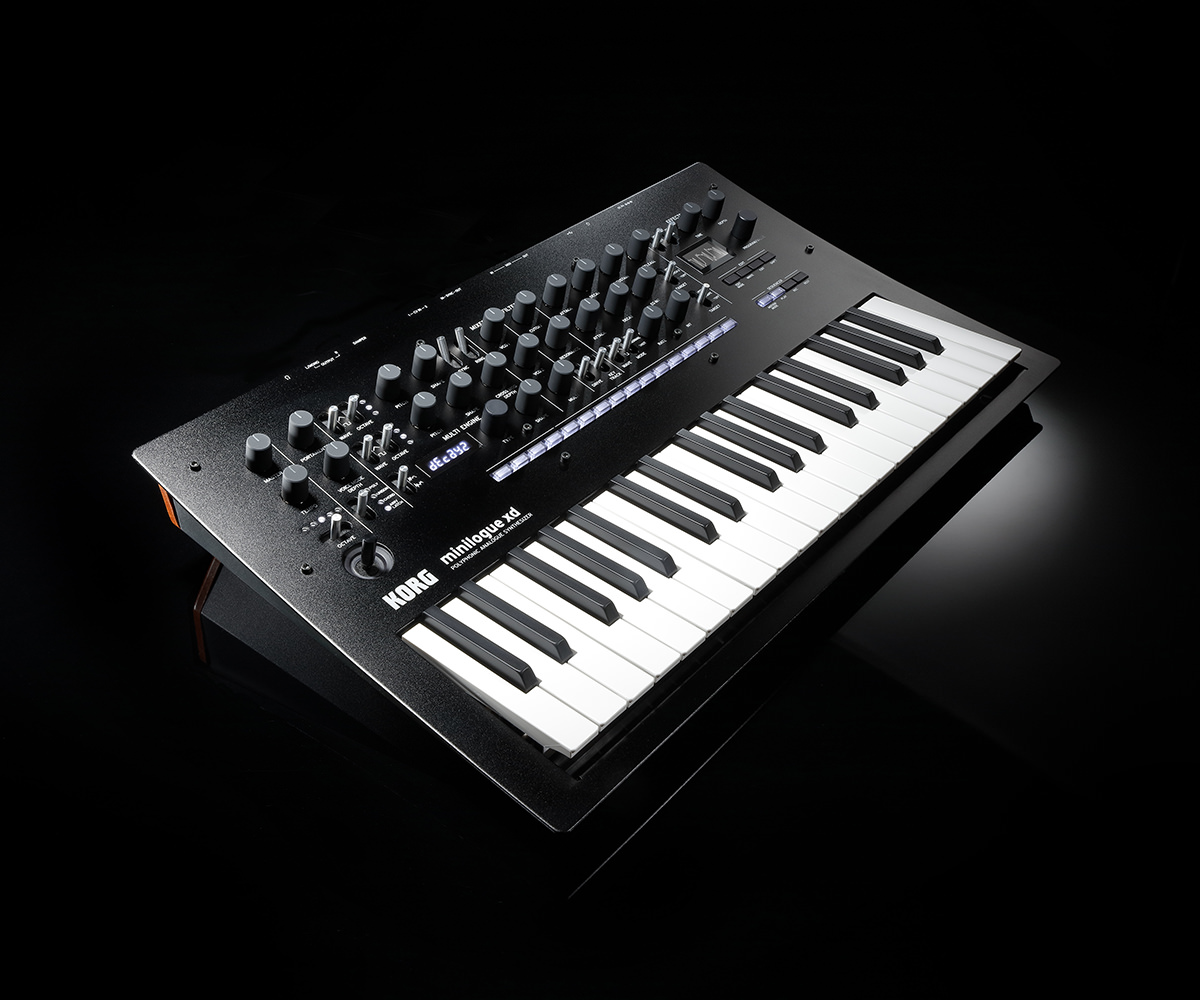
Introduced in 1970, the Minimoog was capable of producing a similarly powerful analog sound without needing the bulky modules. The invention of the Minimoog resolved the size issue, and made the price more affordable. The size alone meant the Moog could not be taken on the road: this early synthesizer, not unlike the early computers, was a massive device that was prohibitively expensive for most musicians. The resulting collection of modules was typically bigger than the keyboard itself. Sounds were created using quarter-inch cables to “patch” modules together (this is the etymology of the term “patch,” which today refers to any sound or preset on a synthesizer). To produce different sounds on the Moog, one needed different modules that would further generate or modify sounds. The Moog is an analog modular synthesizer, meaning that the sounds were generated from a sound wave oscillator-a physical (analog) device, controlled, in a physical sense, by voltage. The Moog modular analog synthesizer, developed in the early 1960s, was the first synth that rivaled the power of the electric guitar in volume and timbre. In those early decades, the keyboard instruments were no match. The amplified and distorted guitar was able to produce loud, sustained sounds, which were simply better suited to virtuosic and crowd-pleasing solos. In other words, while guitar heroes like Jimi Hendrix, Eric Clapton, and Keith Richards enraptured audiences with epic guitar solos, keyboardists typically remained out of the spotlight. A handful of keyboard legends emerge in popular music during the 1950s and ’60s-Little Richard, Stevie Wonder, Ray Manzarek, and Keith Emerson, to name a few-but prior to the 1970s, the role of the keyboardist was, generally speaking, relegated to a rhythm section role, rather than being featured as a solo instrument. Along with the piano, the standby keyboard instrument in the pop world, keyboardists might often play electric pianos such as the Fender Rhodes, the Hohner Pianet, the Wurlizer electric piano, or the distinctive Hohner Clavinet, or electric organs such as the Hammond B3 or the Vox Continental. The sonic landscape of popular music included keyboards long before the 1980s. My study of contemporaneous music periodicals has led me to construct a narrative that describes how the DX7 impacted the lives of working musicians in the U.S. To say that the DX7’s arrival was earth-shaking would be no exaggeration: the affordable price, sound palette, and physical feel of the instrument combined to make the DX7 the new must-have instrument in every studio, garage, and university music department in the U.S. While the average person is unaware of the synthesizer by name, the DX7 changed popular music as we know it today. On iPad, easily import using iCloud or the Files app.My focus on the Yamaha DX7 synthesizer may seem overly niche or specialized, but in this essay I establish the magnitude of this synthesizer’s impact on popular music in the 1980s.
#DX7 LIBRARIAN PATCH#
On Mac, simply drop your files into the Patch Base browser.
#DX7 LIBRARIAN MAC#

Patch Base's Bank Editor let you change and organize the saved sounds on your TX7. Easily edit the pitch envelope and LFO settings.Copy/paste the settings for entire operators.

See the layout of the current FM algorithm, with the envelope shapes and ratio settings of each operator.You can finally visualize what's going on inside of the TX7, and once you do, it's not that complicated.


Patch Base makes FM easy to work with by showing you the layout of the currently selected algorithm and the envelopes and settings of each operator. You don't have to be a wizard to program FM sounds.


 0 kommentar(er)
0 kommentar(er)
